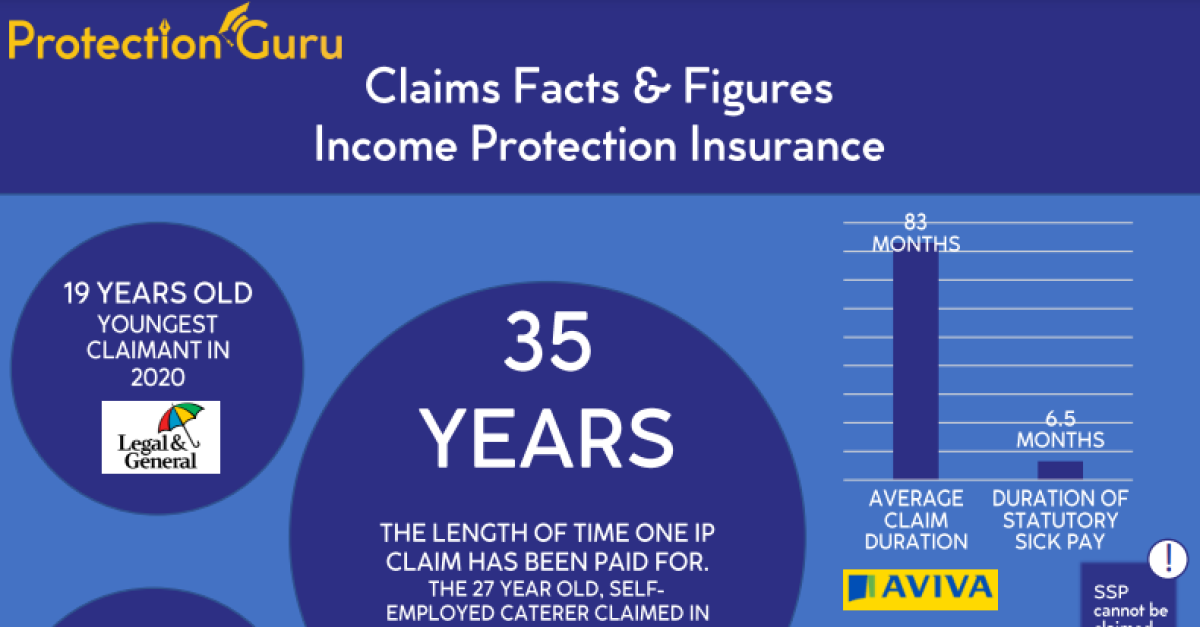
A sad week for the protection industry

The week started with the unfortunate news that Canada Life is exiting the individual protection market to focus on other priority areas. News of the insurers exit from the individual protection market was met with great sadness from the industry.
For reassurance, they have confirmed that it will not have an impact on its existing 55,000 customers and continue to support them, honouring existing contractual obligations, and pay claims in line with their usual process.
It is disappointing to witness a high-profile brand such as Canada Life exit the individual protection market. And reducing the competitive landscape, whereby innovative and products with discerning quality are sought after. Canada Life were instrumental in changing the landscape for smokers introducing discounts for vaping where they would be regarded as smokers with other insurers.
On ProtectionGuru we started the week understanding the full impact of smoking on critical illness. It is no secret that smoking is not good for you. Across the years there have been a multitude of facts and figures published around increased risks to certain conditions and the impact of smoking on longevity. When recommending critical illness it is important to understand what conditions a client is most susceptible too in order to understand which insurers may offer broader coverage in these areas.
On Tuesday, we highlighted who provides free cover for income protection applications. Whilst in an ideal world a protection insurance application would complete without delay and the client could be covered immediately, that’s not always possible, either because additional medical evidence is required due to disclosures, or as a result of non-medical underwriting limits being exceeded. The process of waiting for this additional evidence, such as a nurse screening being arranged and completed or a GP report returned from the client’s doctor will typically add weeks to the application process and in extreme circumstances months.
On Wednesday, Adam Higgs set out the various child critial illness options insurers provide. Having a child fall seriously ill, aside from the emotional impact and distress, can also cause financial consequences for the parents. From time taken out of work for hospital visits and treatment, to the potential need to fund care or modifications to the home if the child is living with a long-term chronic condition. In a recent insight from Amanda Newman-Smith, we highlighted why children’s critical illness cover may be an essential recommendation for parents, to ensure that if the worst were to happen, they had a financial safety net in place.
We ended the week by setting out how Aegon have improved their underwrtiting limits. Over the course of the last year it is fair to say that the majority of Aegon’s focus has been on being easier to do business with. A host of online changes and improved functionality throughout the year have made it far easier to transact with the insurer. Aegon are aiming to remove more barriers, by revamping their non-medical underwriting limits. O aticle takes a look at what exactly has changed and what this means for advisers and their clients.
Have a great week everyone.

















